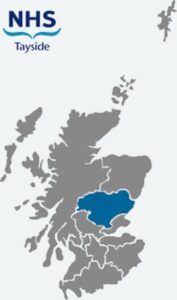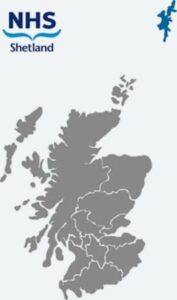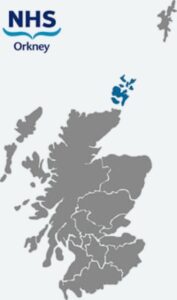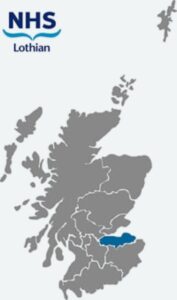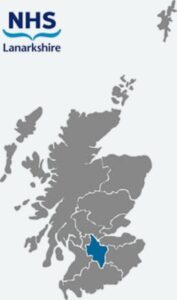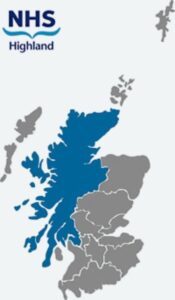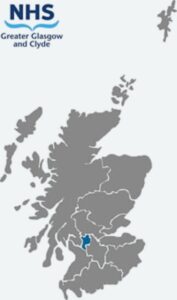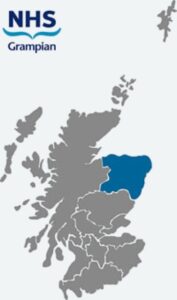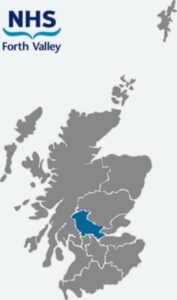Western Isles
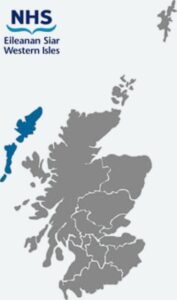
Better Health, Better Care, Better Here
“The best at what we do”
Working in the Western Isles as a clinical professional is highly rewarding, providing opportunities for personal development and advancement. The clinical teams are small enough for you to play a significant part in shaping services, develop your clinical interests and extend your role if you wish.
NHS Western Isles (NHS Eileanan Siar) works with patients, the public and our partners to improve our community’s health and wellbeing, to tackle inequalities, and to deliver high quality, reliable clinical services.
GP Practices
There are 9 GP practices with 32 General Practitioners currently in post, providing primary care services to the communities in the Western Isles. A number of GPs provide additional support in specialist areas such as Dermatology and respiratory medicine, in partnership with the Western Isles Hospitals.
The GPs and their staff work closely with a range of community health staff such as community nurses, community midwives, health visitors, Allied Health Professionals (Physiotherapy, Speech & Language Therapy, Occupational Therapy, Dietetics and Podiatry), community mental health services and health promotion services. Community based dental services are also provided across the islands.
Hospital care
NHS Western Isles NHS has 3 Hospitals. The largest is the Western Isles Hospital, a rural general hospital located in Stornoway. It was opened in 1992 with a range of hospital acute specialities. Key consultant led services are provided in the Western Isles hospital, with other services being led by consultants based in mainland hospitals. The hospital also includes diagnostic facilities, day hospital, laboratory and other services.
The Uist & Barra Hospital is a GP-led Acute Community Hospital located in Benbecula and was opened in 2001. It provides a local service for the population of the Southern Isles. The Hospital has 16 beds, and provides care of the elderly, GP Acute care, and Midwifery led maternity services. A&E services and out-of-hours cover is based in the hospital. The hospital has a mini-lab and an x-ray department. Outpatient clinics are provided by GPs with special interests, consultants from the Western Isles Hospital, and from mainland Boards.
St Brendan’s Hospital, with 5 beds, is in Castlebay on the Isle of Barra and is in a shared building with a Local Authority Residential facility. It is supported by the local GP Practice to provide care of the elderly and other services, including unscheduled care. There are plans to upgrade the current facilities.
Living in the Area
The Western Isles is an archipelago of 11 populated islands located 40 miles off the North West coast of Scotland. The chain of islands is 130 miles long from the Butt of Lewis in the North to the Isle of Barra in the South. The islands are reached by air, with regular flights from Edinburgh, Glasgow and Inverness. Ferries and causeways link the islands to each other, and to the mainland.
The resident population of the Western Isles of ~ 27,680 people (2011) is spread over 280 townships. Our population density is the lowest of any health board in Scotland. Individual island populations are:
Isle of Lewis ~ 19,660 of which approximately 8,000 live in or around Stornoway
Isle of Harris ~ 1,910
North Uist ~ 1,615
Isle of Benbecula ~ 1,330
South Uist ~ 1,900
Isle of Barra & Vatersay ~ 1,265
House prices are modest compared to the mainland, and there are opportunities for self-build housing, with some ‘grand design’ houses taking advantage of our spectacular scenery.
There are 4 secondary schools and 22 local primary schools. There are supermarkets in all main towns as well a range of small businesses. The blend of modern technologies and traditional culture makes the Hebrides a very creative place.
We do have a diverse natural environment with huge sandy beaches, wild hills, and breath-taking skies, but the best reason to come here is the job. As well as more traditional full-time posts, we are open to discussing other models of employment, innovative posts to match your clinical interests with our clinical needs.
We love living here but appreciate that it may be a big step to consider working on the islands. If you are considering a job here and would like to discuss this further, please give one of us a call.



